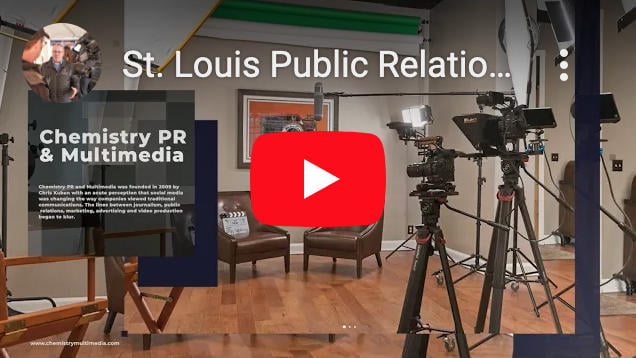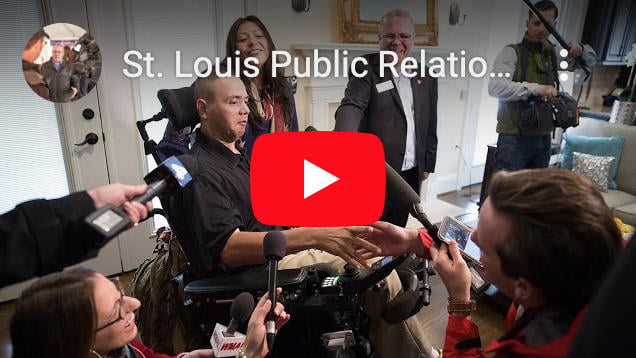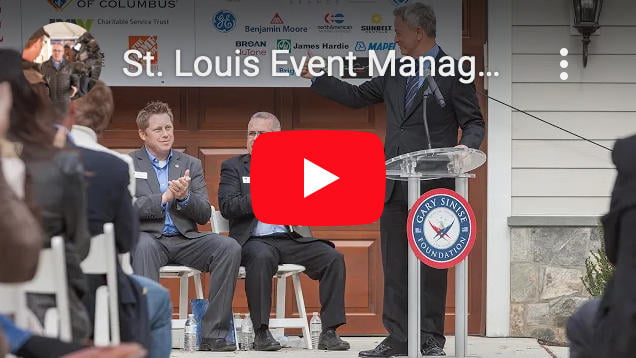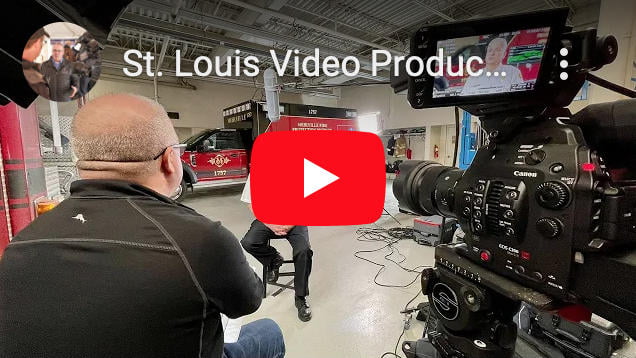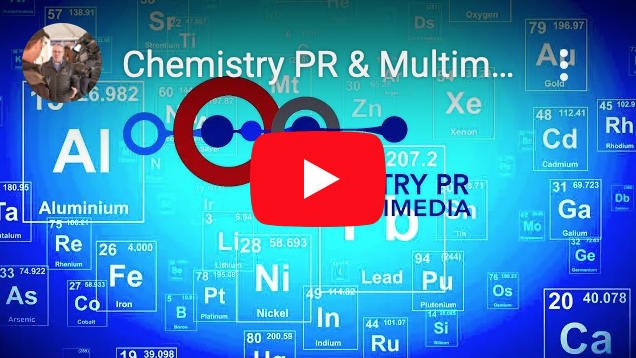Non-Profit Communication Plan Tips
February often means the start of Non-Profit Communication Plan re-write season for nonprofits with a July 1st fiscal year start date. If you’re in one of these organizations (or you’re just a little behind in new year planning), here are some points you’ll want to consider as you develop your next communication plan.
1. Dust Off Your Strategic Plan
Regardless of your personal viewpoint on the COVID-19 pandemic, it’s clear the world is moving past the notion that we’re in crisis mode. For two years, many organizations have been reactive, learning to pivot and adapt with the ebb and flow of spikes in cases and the development of new variants.
But now is the time to start thinking ahead again. Dust off your strategic plan and assess with your leadership where that plan is today. Chances are you’ll find some adjustments are needed. Programs have reduced or ceased operations and difficult conversations will determine how and if they resume full operations. Timelines have changed, and recent supply shortages and price increases have made budget expectations inaccurate.
2. Make Sure Goals and Job Descriptions Are Realistic
The current topic on every employer’s mind is the Great Resignation. Turnover has always been an issue in nonprofits, and today, even long-time employees will take advantage of the current job market to seek new opportunities.
Before bringing new staff on board, look at your job descriptions. Make sure the workload and goals are both realistic and aligned with the experience level you seek and salary you offer.
3. Work to Achieve True Diversity
Diversity seems to be the elephant in every nonprofit board room as leaders develop matrices to find out the number of board members, staff, and volunteers who check boxes in terms of gender, race, ethnicity, and age. A lot of nonprofit leaders wring their hands and say they can’t find people who are _____ (fill in the blank with the box that has the fewest checkmarks).
You can recruit members who will check those boxes, but the harder part comes in truly capitalizing on the differences that diversity brings. It’s great to bring people of different cultures together, but if you continue doing business the same way you always have, are you really embracing the values and needs of all your constituents? Young Friends boards are looked to for developing the next generation of leaders but are often used just to plan events like trivia nights. Let the members of these boards truly exercise their leadership potential and have a say in the organization’s direction.
4. Enhance Your Storytelling
Sometimes it’s easy to lean on numbers. If you’re writing a grant proposal, you include statistics on the poverty rates or the number of individuals living with the disease your organization tries to cure. But study after study has shown that storytelling makes real difference in communication and fundraising. Thousands of people might face a cancer diagnosis, but donors are more inclined to give when they connect with the story of one patient–a real person with a face and a name.
As you make your communication plan this year, think about the stories coming from your organization. You probably have new and interesting ones to tell as you’ve changed your service model or reached new clients in new ways. Or maybe your story is how you continued to address your clients’ needs despite the challenges of the last two years.
Below you’ll find 1 example of 4 videos our team produced for FOCUS Marines Foundation…
As you think about those stories, look for ways to use video to bring your story to life. YouTube statistics show that more than half of donors who watch a nonprofit’s video will make a gift. And with other social media platforms embracing video more and more, whether it’s live feeds on Facebook or newer platforms like TikTok, video is gaining in popularity and effectiveness every year.
Of course, no gala is complete without a video to share your story. That was true before the pandemic when in-person events were the norm, but now that we have virtual and hybrid events, a strong video can increase your reach and make the difference between achieving (or not) your fundraising goal.
If you’re looking to expand your use of video for an upcoming gala or to share stories online, Chemistry PR and Multimedia can help. Our team can help you find the hook and craft your story to have the greatest impact. Contact us at ChemistryMultimedia.com to learn more.
 Chris Kuban started Chemistry PR and Multimedia with a vision to effectively formulate corporate and non-profit brands across the country. He is an expert in Media Relations, Event Management, Social Media implementation and video production. Working with a team of local and national suppliers, vendors, employees, and consultants has allowed him to coordinate more than 230 national events that help deliver the ROI his clients seek. Follow him on Twitter or connect with him on LinkedIn.
Chris Kuban started Chemistry PR and Multimedia with a vision to effectively formulate corporate and non-profit brands across the country. He is an expert in Media Relations, Event Management, Social Media implementation and video production. Working with a team of local and national suppliers, vendors, employees, and consultants has allowed him to coordinate more than 230 national events that help deliver the ROI his clients seek. Follow him on Twitter or connect with him on LinkedIn.




